Silent Retreat
Transform Your Mind, Body, and Spirit through Mantra, Mudra, and Pranayama Practices
1 – 7 September 2025 Hungary, Zebegény
Transform Your Mind, Body, and Spirit through Mantra, Mudra, and Pranayama Practices
1 – 7 September 2025 Hungary, Zebegény
The retreat aims to offer a deep dive into the inner self through the practice of Mantras, Mudras, Pranayama, and Asanas. Participants will be guided to explore ancient practices that promote mental clarity, physical health, and spiritual connection. They will also be equipped with tools to continue their practice at home.
1 – 7 September 2025 | Zebegeny, Hungary
Discover the power of ancient practices and unlock a deeper connection to your inner self. This 7-day immersive retreat will guide you through the transformative journey of Mantra, Mudra, Pranayama, and Asana, all in the serene environment of Hungary.
Transport is arranged for everybody for an extra cost.
Transport cost from Budapest Airport: approx. £20 – 40, can vary depending on the number of people booking it.
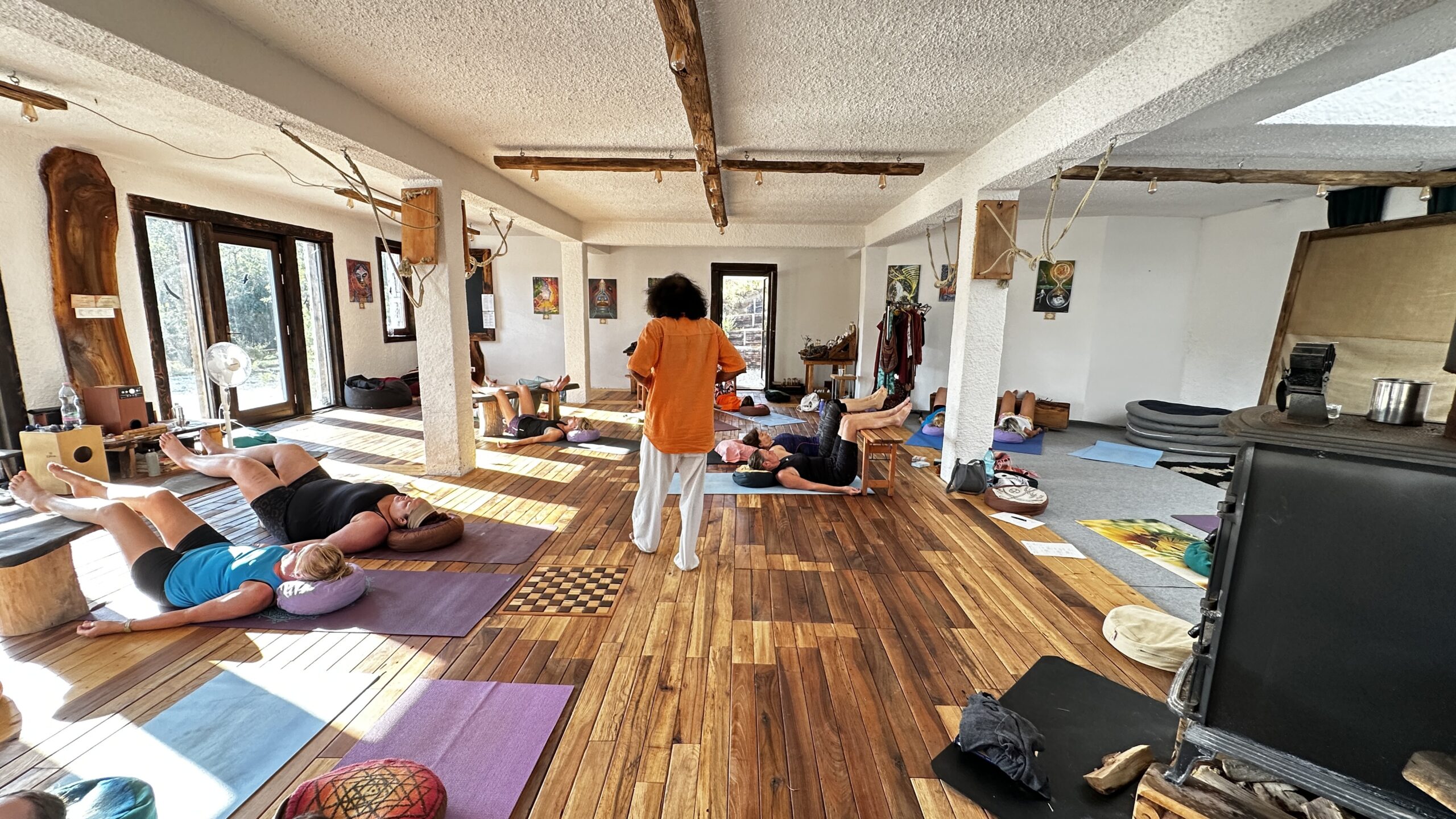
In today’s fast-paced world, we often lose sight of our inner self. This retreat is designed to help you retreat inward and reconnect with your true nature. Over five days, you’ll learn and experience the power of ancient yogic practices—Mantra, Mudra, Pranayama, and Asana—that balance the body and mind, nurture the spirit, and offer a path to lasting inner peace.
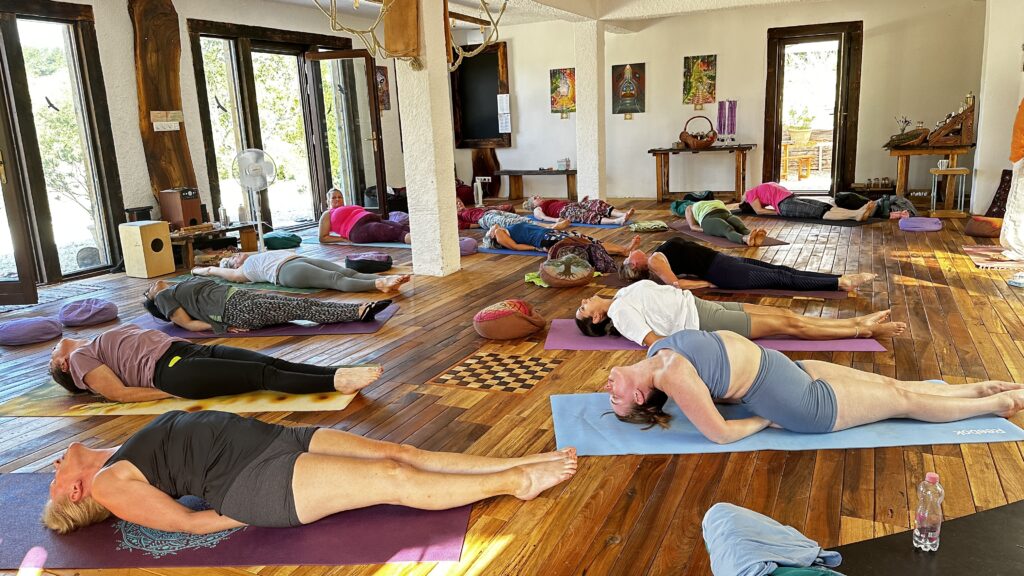
Daily Yoga & Meditation: Start and end each day with yoga and meditation practices, focusing on integrating mudras and pranayama.
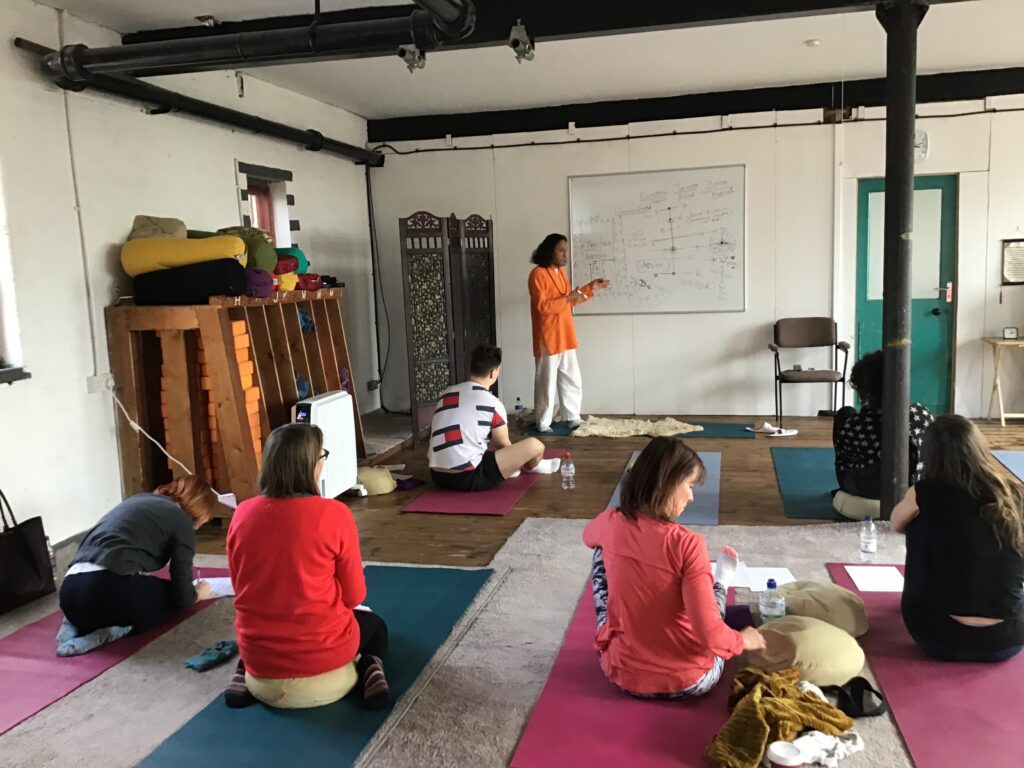
Workshops on Mantra, Mudra & Pranayama: Learn how these ancient practices can transform your life, with in-depth workshops led by experienced teachers.

Cooking Workshops: Participate in hands-on sessions where you’ll learn to create nutritious, simple meals using everyday ingredients.
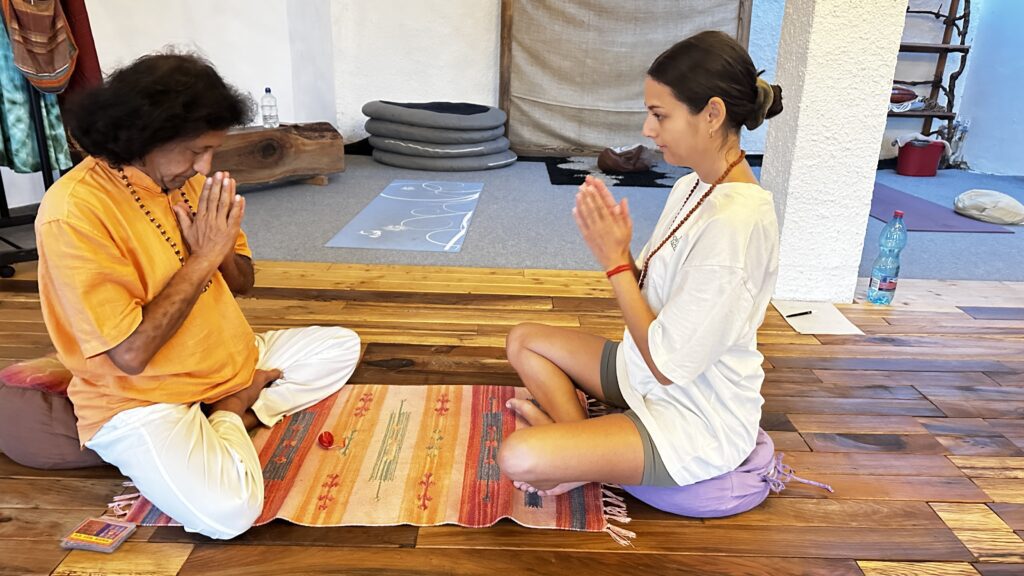
Personalized Growth Plan: Leave with a roadmap to continue your practice at home, including resources for further learning.

Accommodation & Meals: Comfortable accommodations and delicious, nourishing meals prepared daily.


By the end of this retreat, you’ll leave with:
Nestled in the heart of the Hungarian countryside, this retreat offers the perfect environment for peace, reflection, and self-discovery. Accommodation is provided in comfortable, serene rooms, surrounded by nature. All meals are prepared using fresh, local ingredients, supporting your journey towards a healthy, balanced lifestyle.
Join us for an unforgettable 6-day retreat and unlock the power within yourself through mantra, mudra, pranayama, and asana!
The retreat place is located near Budapest, about 1 hour drive from it.
It is near the Slovakian border.
It can’t be accessed by public transport as it is in the middle of the Forest, completely secluded.
Car-shares, Transfers will be organised to get to the retreat.
Address: Naptanya, Zebegény, Szob, 2628
We can help organising your transfers to and from the retreat location.
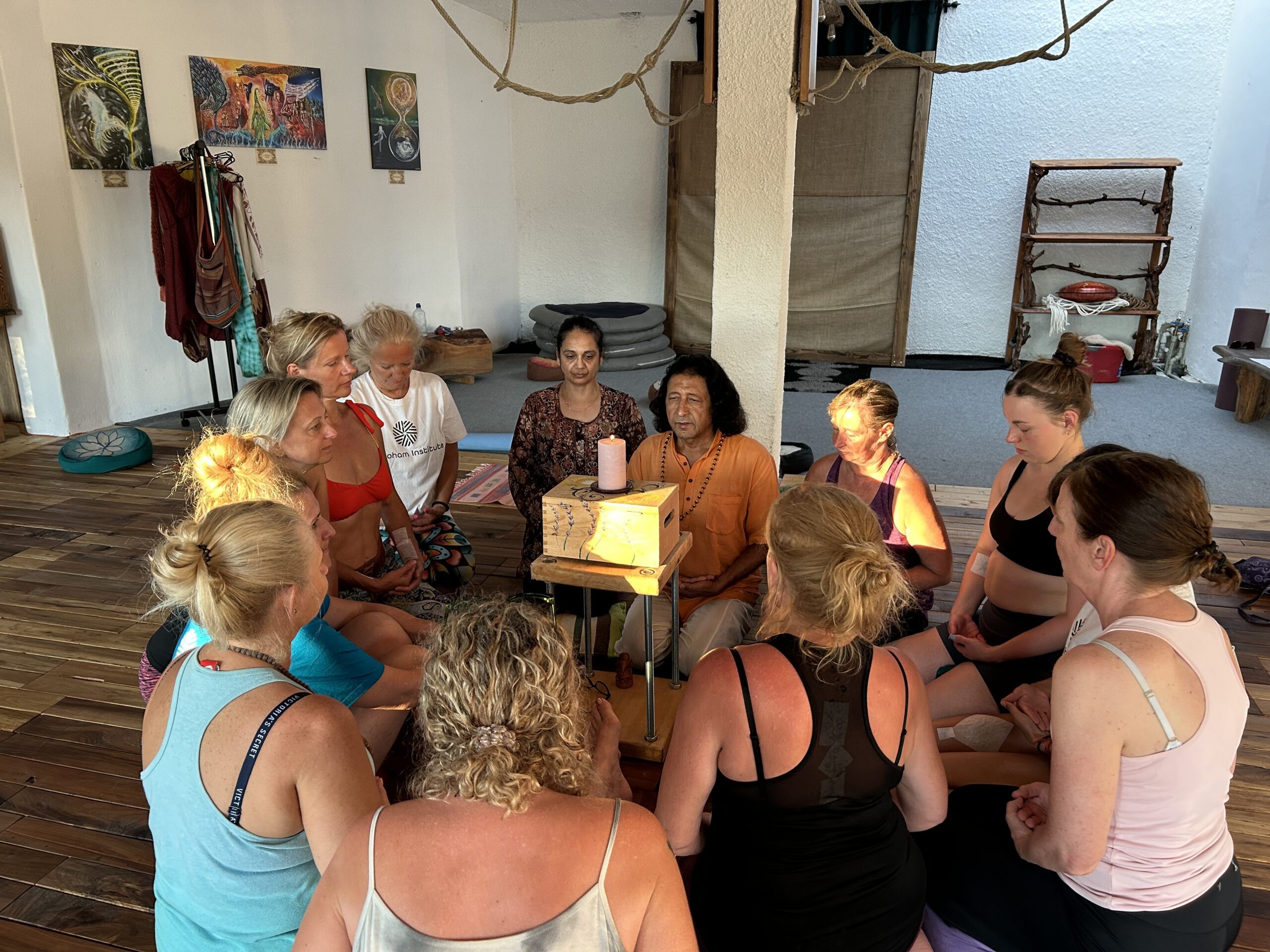
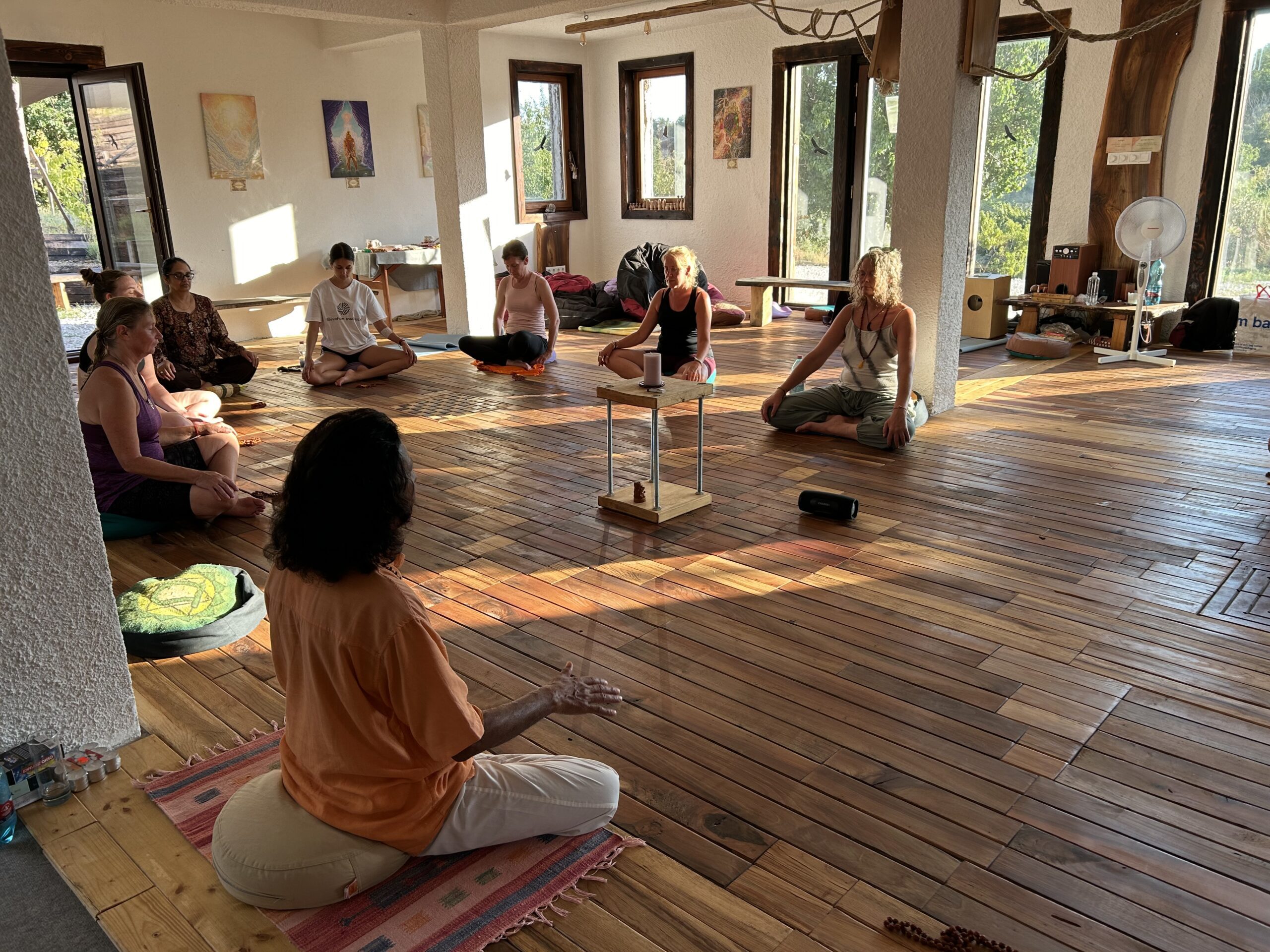
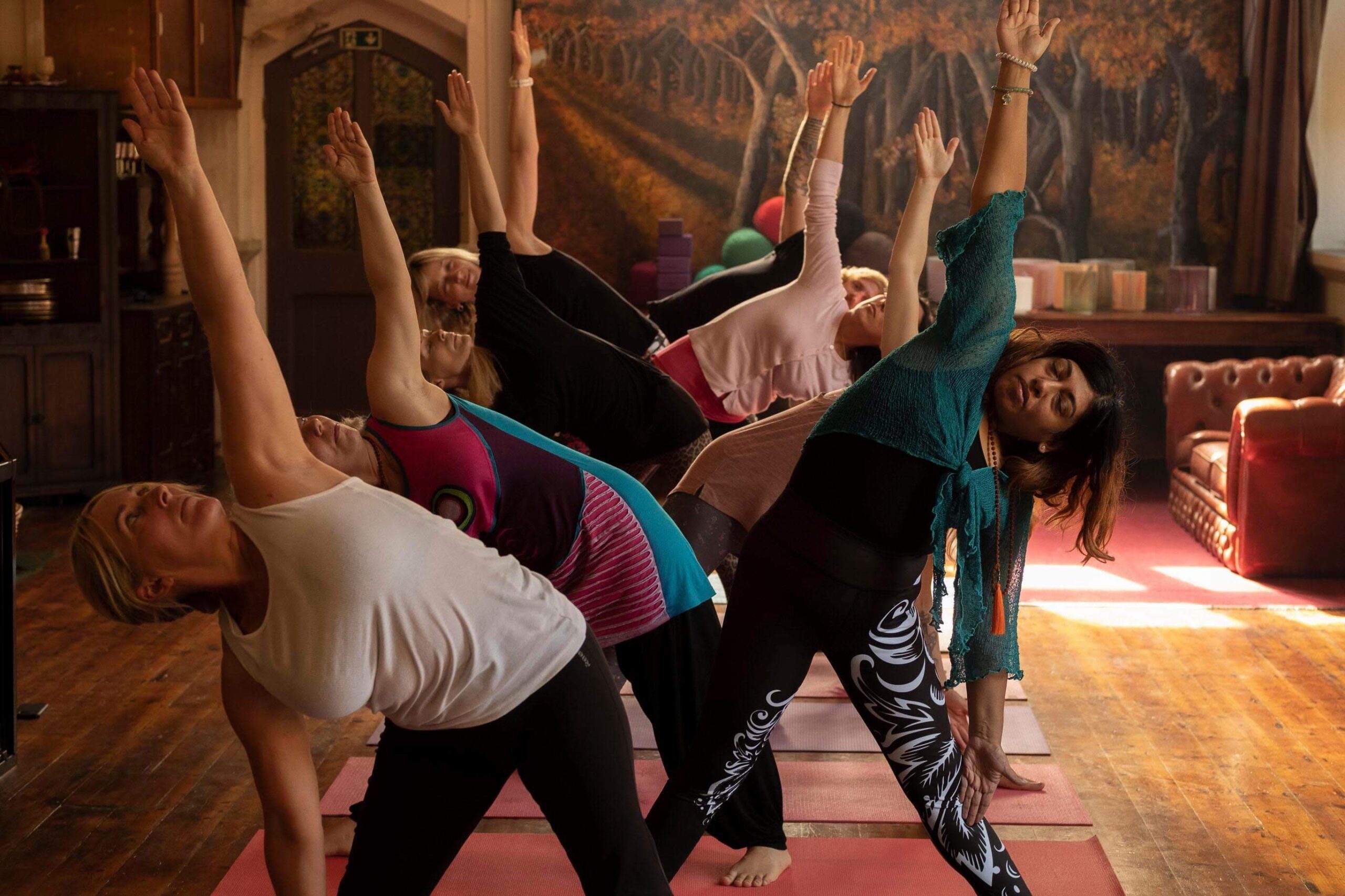
Early Bird (Before 31st of July 2025): £499
Standard Price: £650
Price includes all yoga classes, workshops, meals, and accommodation. Spaces are limited to ensure a personalized and intimate experience, so reserve your spot early!
Benefits of silence are endless.
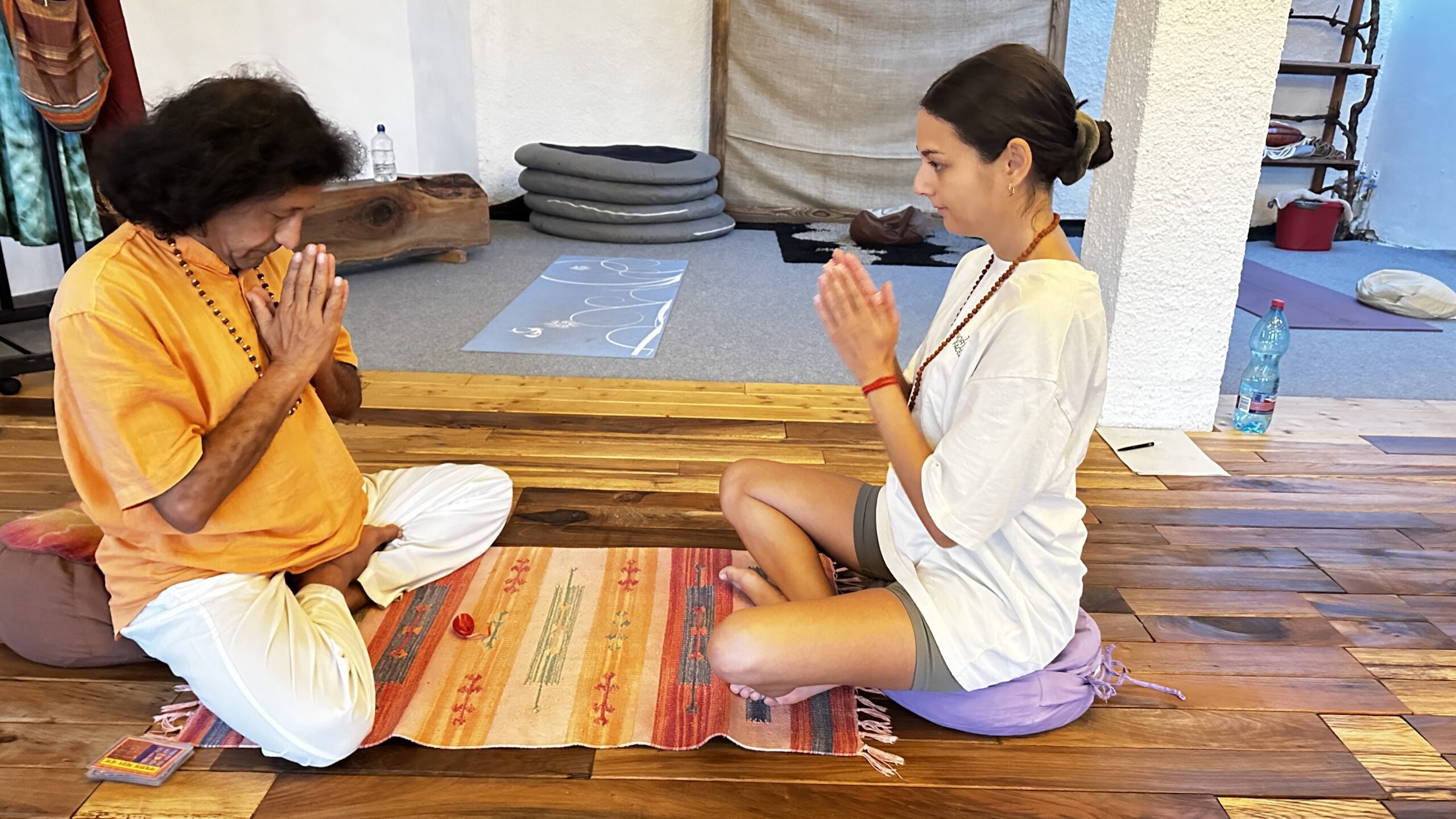
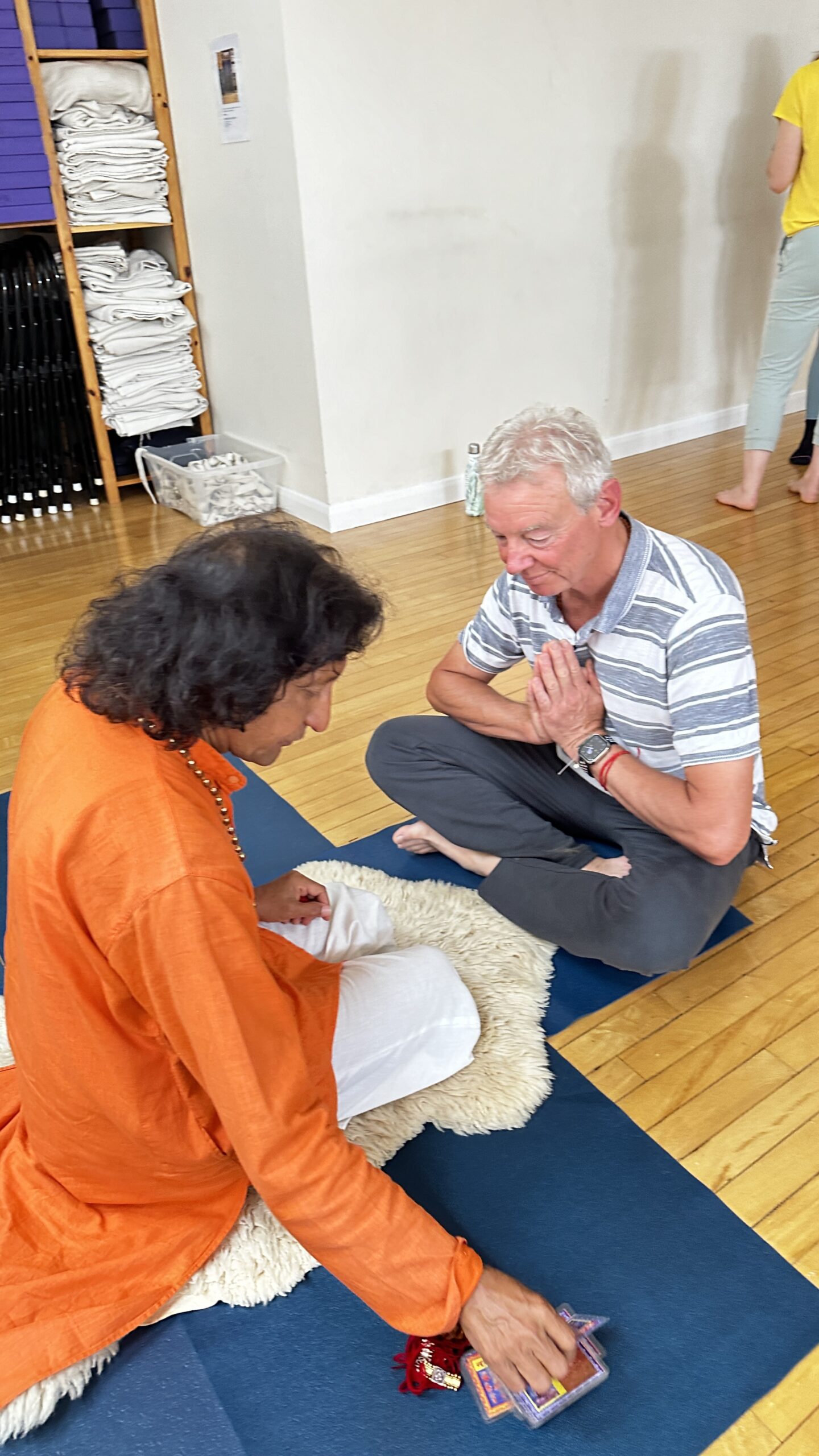
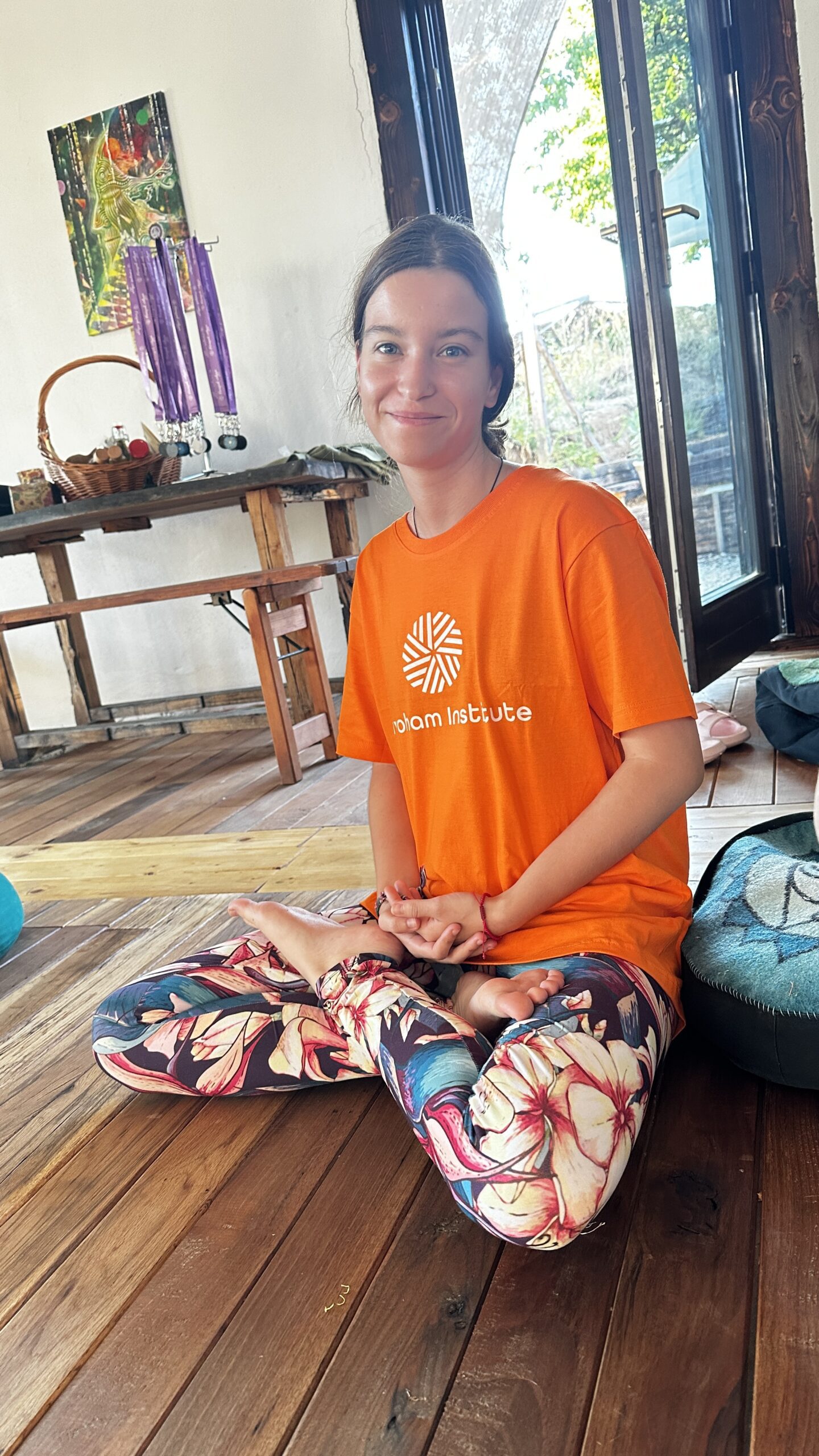
This retreat is non-refundable, but we understand that life can be unpredictable. If you’re unable to attend, your spot can be: